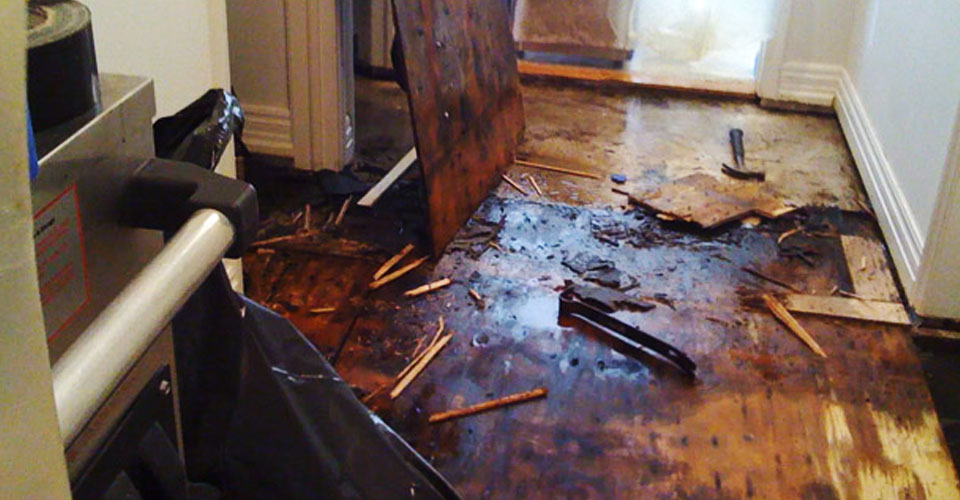6 Water Damage Reconstruction Do's and Don'ts.
6 Water Damage Reconstruction Do's and Don'ts.
Blog Article
Just how do you feel when it comes to Keeping Your Home Safe This Holiday Season?

Water offers life, water invasion on components where it's not expected to be can result in damage. Residences with water damage scent old as well as musty.
Water can come from lots of sources such as typhoons, floodings, burst pipes, leaks, and also sewage system issues. In case you experience water damages, it would certainly be good to know some safety preventative measures. Right here are a few standards on how to manage water damage.
Do Prioritize Residence Insurance Coverage Insurance Coverage
Water damage from flooding dues to hefty winds is seasonal. However, you can additionally experience a sudden flooding when a defective pipeline all of a sudden breaks into your home. It would certainly be best to have home insurance coverage that covers both disasters such as natural calamities, as well as emergency situations like broken plumbing.
Don't Neglect to Switch Off Utilities
This reduces off power to your entire residence, protecting against electric shocks when water comes in as it is a conductor. Don't fail to remember to turn off the main water line valve.
Do Stay Proactive and Heed Weather Alerts
Listen to discharge cautions if you live near a river, creek, or lake . Doing so lowers prospective residential or commercial property damage.
Do Not Neglect the Roof
You can prevent rainfall damages if there are no openings and leakages in your roof. This will certainly avoid water from moving down your walls and soaking your ceiling.
Do Pay Attention to Little Leaks
A ruptured pipeline doesn't happen overnight. You might observe gurgling paint, peeling wallpaper, water touches, water discolorations, or leaking noises behind the walls. Have your plumbing fixed before it results in huge damage.
Do Not Panic in Case of a Burst Pipe
Maintaining your clearheadedness is crucial in a time of dilemma. Since it will suppress you from acting quickly, stressing will only worsen the issue. When it comes to water damage, timing is key. The longer you wait, the even more damages you can expect. Thus, if a pipeline bursts in your residence, right away turned off your primary water valve to remove the source. Unplug all electric outlets in the location or turn off the circuit breaker for that component of the house. Ultimately, call a trustworthy water damage reconstruction professional for assistance.
Water provides life, water breach on parts where it's not meant to be can result in damages. Homes with water damage odor old and also stuffy.
Water damages from flood dues to hefty winds is seasonal. You may observe gurgling paint, peeling wallpaper, water touches, water discolorations, or leaking audios behind the walls. When it comes to water damage, timing is vital.
Some Do's & Don't When Dealing with a Water Damage
DO:
Make sure the water source has been eliminated. Contact a plumber if needed. Turn off circuit breakers supplying electricity to wet areas and unplug any electronics that are on wet carpet or surfaces Remove small furniture items Remove as much excess water as possible by mopping or blotting; Use WHITE towels to blot wet carpeting Wipe water from wooden furniture after removing anything on it Remove and prop up wet upholstery cushions for even drying (check for any bleeding) Pin up curtains or furniture skirts if needed Place aluminum foil, saucers or wood blocks between furniture legs and wet carpet Turn on air conditioning for maximum drying in winter and open windows in the summer Open any drawers and cabinets affected for complete drying but do not force them open Remove any valuable art objects or paintings to a safe, dry place Open any suitcases or luggage that may have been affected to dry, preferably in sunlight Hang any fur or leather goods to dry at room temperature Punch small holes in sagging ceilings to relieve trapped water (don't forget to place pans beneath!); however, if the ceiling is sagging extremely low, stay out of the room and we'll take care of it DO NOT:
Leave wet fabrics in place; dry them as soon as possible Leave books, magazines or any other colored items on wet carpets or floor Use your household vacuum to remove water Use TV's or other electronics/appliances while standing on wet carpets or floors; especially not on wet concrete floors Turn on ceiling fixtures if the ceiling is wet Turn your heat up, unless instructed otherwise

I hope you enjoyed reading our article on Reducing Your Risk Of Water And Fire Damage At Home. Thanks a lot for taking the time to read through our posting. Sharing is good. Helping people is fun. I am grateful for your time. Please come visit our website back soon.
Report this page